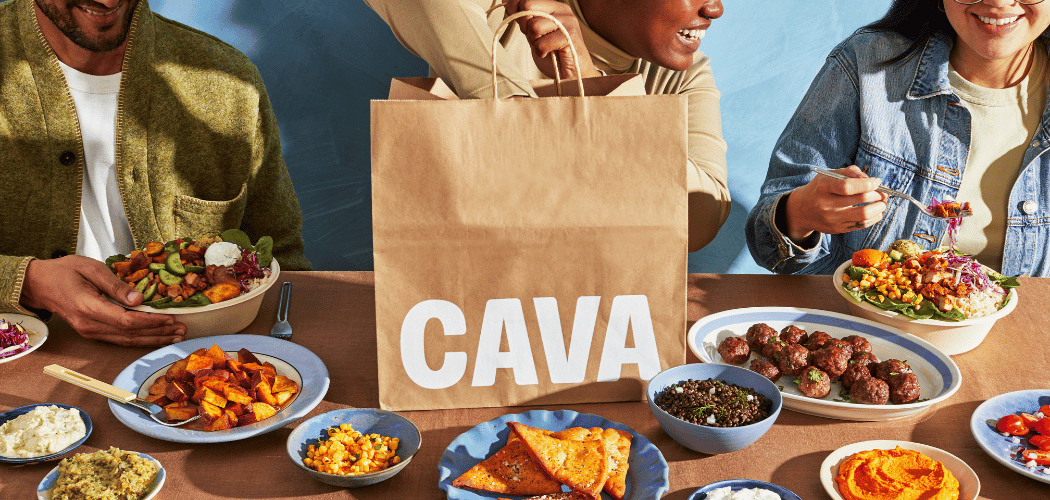"Points are dead". These words were spoken by Pavel Los, Shell Global Loyalty Programme Manager during a presentation made recently at the Loyalty Surgery conference, held 16-17 October in London. His statements were shared by Iain Pringle on LinkedIn.
“Executives Are Unhappy With Their Companies’ Loyalty Programs” was the title of an October 15 article in AdWeek. The statement was based on results of a new report sponsored by Mastercard and conducted by the Harvard Business Review Analytic Services, the commercial research arm of the Harvard Business Review. The report found that 58 percent of executives surveyed believe their organization’s approach to customer loyalty is ineffective.
“Customer Loyalty And Retention Are In Decline” shouted the title of an October 13 article from Shep Hyken on Forbes.com. Mr. Hyken based his article on results of a study of more than 34,000 consumers worldwide by Verint® Systems Inc. (carried out in partnership with Opinium Research, LLC) which concluded that customer loyalty and retention are declining.
If these three news items appeared in your CEO’s feed over the past two weeks, and you are responsible for your company’s customer loyalty program, you might be updating your status on LinkedIn as we speak. But, just how worried should you be and what should really concern you?
Customer Loyalty is a Hot Topic.
One fact that you should readily accept is that customer loyalty is a hot topic and there are many passionate souls seeking to make their mark in the industry. Therefore, there is a continual war-of-words being waged by people in all corners of the globe trying to make a point (pun intended).
The next point of acceptance is that the points based models (we call it currency, because using points, miles, stars, or any other form of unitary measurement are all different flavors of reward currency) that were the foundation of the vast majority of loyalty programs over the last two decades have been effective to varying degrees, but it’s now clear that customers are seeking so much more in a relationship with your brand than just receiving “points”.
Some moderation of the alarming messages from this group of dismaying titles comes from The Maritz Motivation | Wise Marketer Loyalty Landscape Study 2019, joint research published earlier in 2019. Among many other findings, the study reported that Loyalty programs continue to have strong influence on customer behavior. The study found that 82 percent of consumers responding who participate in points-based programs agree they are more likely to purchase more often from a company when active in their program. 52 percent agree that the chance to earn points influences them to ignore offers from competitor brands.
Are we saying that points-based programs are the best model for every brand? Absolutely not.
It’s worth considering key studies in behavioral research that suggest why people continue to respond to currency-based programs. Julian Rotter defined a term in his work “Behavior Potential” which found the likelihood of behavior change is a function of Expectancy and Reinforcement Value, where Expectancy refers to the perceived likelihood of reaching the reward and Reinforcement value refers to the perceived desirability of the reward.
Put Mr. Rotter’s findings in plain English and you see that the overall value proposition in a loyalty program is the issue, not the points. Translating Rotter as a loyalty marketer and he might say that your members must connect with the rewards and benefits you are offering and identify them as desirable, but don’t make them wait too long to be able to get that reward.
A CMO Survey dated February 2019 posted results which hint at what new frameworks customer loyalty will need to be successful. CMOs reported the top customer priority over the next 12 months is to build trusted relationships. Prepared jointly by Deloitte, American Marketing Association, and Duke's Fuqua School of Business, CMOs predicted that the top 4 customer priorities over the next 12 months:
- Product Quality 22%
- Trusting Relationship 21.3%
- Price 21.3%
- Superior, Excellent Service 20.7%
Among these four priorities, the largest increase between one year ago and today was increased emphasis on building a Trusting Relationship with a brand, up 44% from the previous year’s findings. That finding aligns with a core teaching from the Loyalty Academy’s Psychology of Loyalty course that shares “Loyalty is an outcome of relationships”. It’s reinforcing that customers are expressing this desire openly in surveys and that CMOs are taking notice.
Back to the attention-grabbing statements and headlines cited above. If you dig into the Adweek article “Executives Are Unhappy With Their Companies’ Loyalty Programs”, you’ll see that 57% of executives polled prioritized building a stronger “emotional connection” to a brand. Francis Hondal, Mastercard’s president of loyalty and engagement was quoted in the article saying “There’s much more to building consumer loyalty than just the transactional aspect of points ……. We have to evolve towards experiences and enabling access to the experience.”
Dig in to Shep Hyken’s article in Forbes.com and you will find him quoting:
- 83% of consumers say that customer experience is a major factor in selecting their service providers
- 77% of consumers say that convenience is a major factor in selecting their service providers
- 68% of consumers globally feel more loyalty toward the brands and organizations that make it easy and convenient to engage with them
Summarize the common elements in what smart people are saying beyond the catchy headlines and you’ll see that:
The future of customer loyalty is a more holistic effort than practiced in previous generations.
Engaging customers earlier in the purchase cycle is wise — the journey to purchase is as circuitous and confusing as a tag cloud.
Delivering a customer experience is key to keeping any customer around, regardless of the structure of your loyalty program, or if you even have one. This is where convenience, transparency, and ease of use come into the mix.
Also Read: Australian Report on Loyalty “Schemes”
Establishing emotional connections with customers is a longer journey, but for brands that connect with customers based on shared personal values (Patagonia, REI) or at a visceral level (Apple, Red Bull), the emotional connection can be established quickly. For most of the rest, trust takes time to create and therefore the journey to customer-centricity requires C-level commitment, patience, and time.
One of the most important take-aways from The Maritz Motivation| Wise Marketer Loyalty Landscape Study 2019:
70% of all consumer loyalty is constantly up for grabs.
The study revealed two distinct groups of consumers, Unshakeables and Ephemerals. The vast majority were in the Ephemeral group, those consumers who say, “I’m loyal, but always looking for a better deal”. This creates a major challenge for all brands. Very little customer loyalty is locked in. This is a by-product of the “rational purchase” mentality shared by many younger, digitally comfortable shoppers. As a result, brands cannot take valuable customer segments for granted, or assume they are immune from attrition.
Back to the top: The executive's from Shell statement that "Points are dead" is in relation to describing the structure of Shell’s newly launched ShellGo+ loyalty program. The interesting thing to note here is that ShellGo+ tracks visits to unlock rewards, and each qualifying visit is composed of spending at either the pump or inside the convenience store.
So what does the statement “Points are dead” really mean?
ShellGo+ has not discarded a measurement system in launching its new program. It has elected to substitute visits for points as a measurement system. It has made a choice that works for its brand and will hopefully successfully connect with their customer base.
Measuring behavior by visits, points, or spend are means to the same end. They are all scoring systems used to track customer value and allocate incentives to reward behavior. You can argue which is more efficient to bring value to a business, but choosing one method for your brand does not mean the other is "dead".
The war of words over customer loyalty will continue and we expect it to intensify.
The challenge is to sift through attention grabbing headlines and absorb the substance of individual arguments being made. The future of customer loyalty will be forged through these discussions and inevitably new program formats will emerge.
These formats will be based on a blend of engagement, experience, emotion, and incentives. All will have a form of measurement in the background and many (most?) won’t look like “programs” at all.
Let’s hear your point-of-view.




